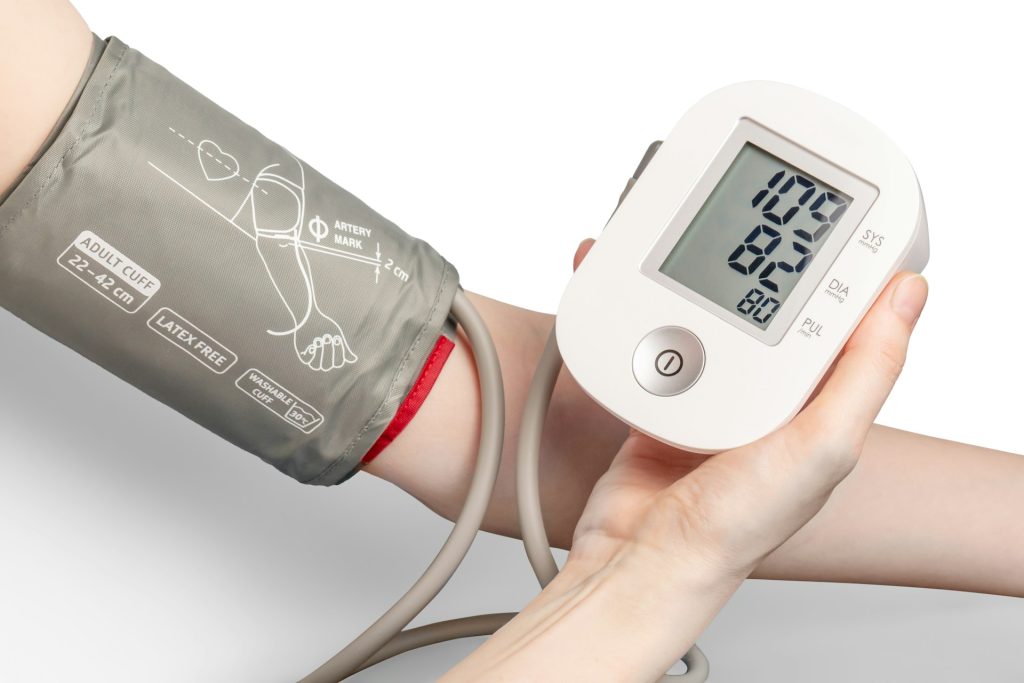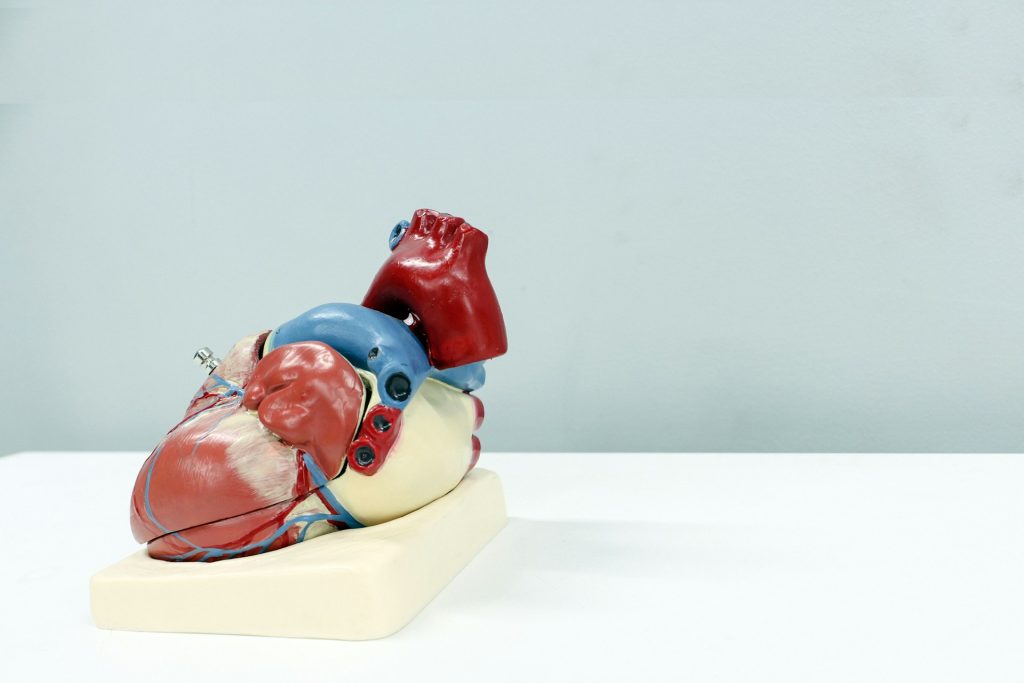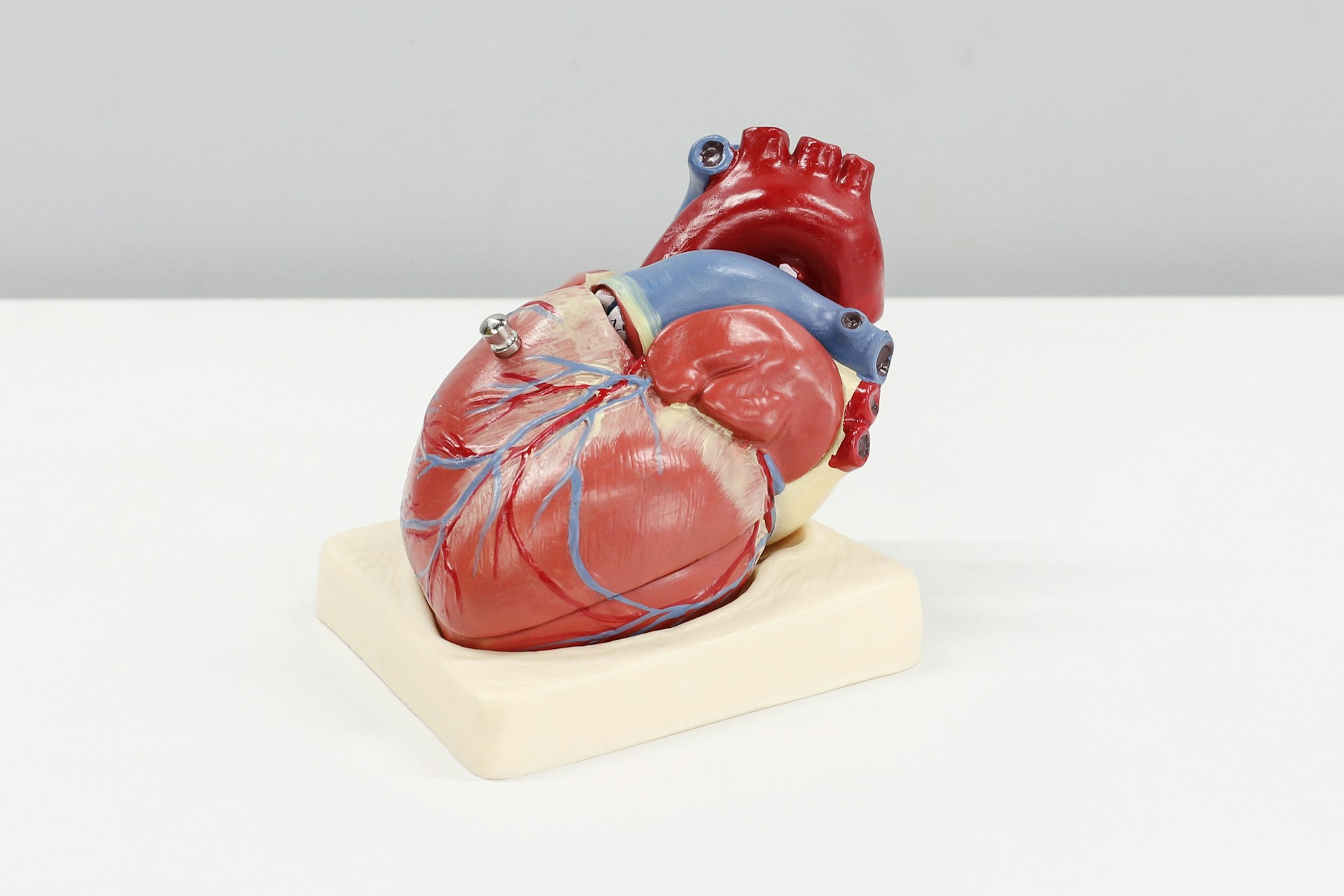The heart, a remarkable organ at the core of our circulatory system, orchestrates the symphony of life by pumping blood, supplying oxygen, and removing waste. Understanding the intricate dance of chambers, valves, and arteries within this vital organ unveils the essence of its role in sustaining human health.

How blood circulates in the heart
The heart, with its four chambers and intricate valve system, operates seamlessly to circulate blood throughout the body. The atria, receiving deoxygenated and oxygenated blood, contract in harmony with the atrioventricular valves, guiding blood flow into the ventricles. The ventricles, in turn, propel blood through semilunar valves, directing it to the lungs and the rest of the body.
Structure of the heart
The heart’s structure, comprising the epicardium, myocardium, and endocardium, plays a crucial role in maintaining its functionality. The thickness of the myocardium varies among chambers, reflecting the diverse pumping demands. A delicate network of coronary arteries ensures the myocardium receives the oxygen and nutrients vital for sustaining its rhythmic contractions.
What is a heartbeat?
The heartbeat, a mesmerizing cadence, results from the synchronized contraction and relaxation of the heart’s chambers. The sinoatrial node, acting as the heart’s pacemaker, initiates electrical impulses, influencing the atria and ventricles to contract and pump blood. The cardiac cycle, encompassing systole and diastole, defines the rhythmic ebb and flow of a heartbeat.

What is an arrhythmia?
An arrhythmia, an irregular heartbeat, disrupts the harmonious rhythm of the heart. Electrocardiograms (ECGs) help visualize these disruptions, aiding in the diagnosis of cardiac disorders. Conditions like ventricular tachycardia and ventricular defibrillation underscore the critical importance of maintaining a healthy cardiac rhythm for effective blood circulation.
Cardiovascular diseases
Valve malformations and diseases, such as stenosis and regurgitation, contribute significantly to cardiovascular mortality. Heart murmurs, resulting from valve malfunctions, serve as audible indicators of underlying issues. Meanwhile, coronary heart diseases (CHD) progress stealthily, driven by factors like atherosclerosis. Recognizing symptoms like chest pain and addressing risk factors can mitigate the impact of CHD on heart health.

As we try to get to the bottom of the heart’s structure and function, we gain profound insights into the symphony that sustains life. From the rhythmic ballet of chambers and valves to the silent progression of cardiovascular diseases, the heart’s narrative is both complex and awe-inspiring. In understanding and nurturing this vital organ, we embark on a journey towards a harmonious and healthy existence.





